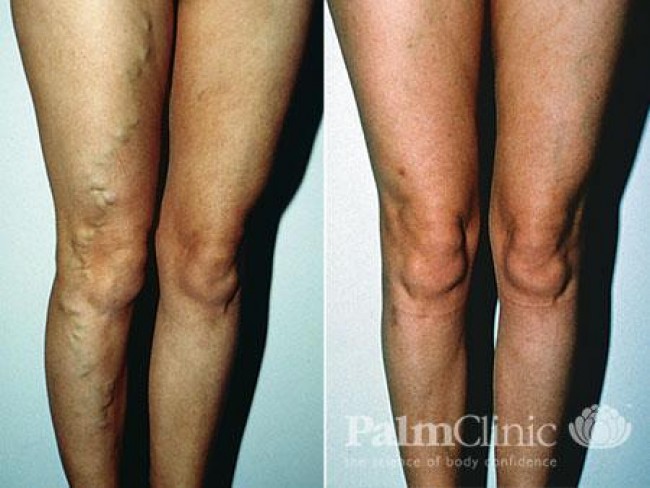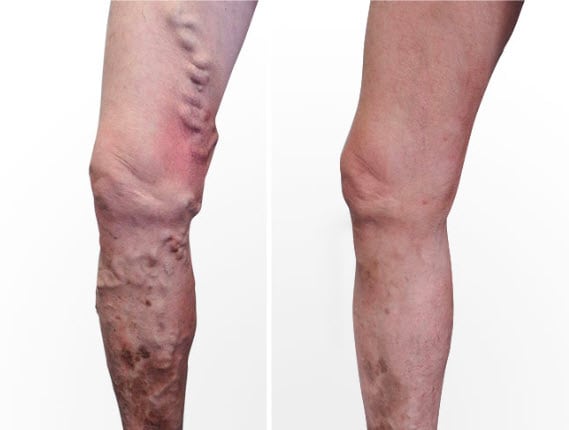Varicose Veins In Teens | Palm Clinic NZ
Most people associate varicose veins with ageing however at Palm Clinic we have treated varicose veins in teens with patients as young as 15 years old.
Varicose veins are largely a genetic condition however there are lifestyle factors that can contribute to their early onset. Below we discuss risk factors for teen varicose veins as well as how to manage these through lifestyle changes and varicose vein treatment.
Causes and Risk Factors
The impact of genetics on vein disease is well established with 70-80% of varicose vein cases known to be hereditary. Additional causes for varicose veins in teens include:
Being Overweight
Carrying extra weight puts extra stress on the leg veins, causing them to weaken. Once weakened, it is more likely for varicose veins to occur.
Living A Sedentary Lifestyle
Sitting for long periods of time and not getting much exercise can both cause extra stress to weak veins. When you’re not up and about regularly, the leg veins must work extra hard to push blood through the legs, which increases the risk of developing teen varicose veins.
Hormonal Changes
Hormonal shifts can play a role in developing varicose veins in teens.
- This image shows varicose veins before and after having treatment.
Symptoms Of Varicose Veins In Teens
Many teens would be unaware of the early signs of varicose veins, such as the presence of spider veins on the legs. If these signs are known then care can be taken early on to avoid vein disease worsening. Symptoms and signs of teen varicose veins include:
- Unusual discomfort or pain in the leg, especially after strenuous activity
- A feeling of restlessness in the leg
- An itching, tingling or burning sensation
- The appearance of bulging veins
- Redness
- Swelling
- The presence of ulcers
- Relief from pain or discomfort after elevating your legs or wearing compression stockings
How To Reduce The Risk Of Developing Teen Varicose Veins
Living a healthy, active lifestyle will help to mitigate the risk of developing varicose veins in teens. The healthy living tips we recommend are:
- Getting regular exercise
- Eating a healthy diet
- Maintaining a healthy weight
- If you spend long stretches sitting down, take breaks during the day to get up and walk around
- Elevate your legs periodically
The Emotional Impact Of Varicose Veins In Teens
The teenage years are difficult for many people, and the addition of a – sometimes painful and highly visible – medical condition can put additional emotional stress on an adolescent.
At a time in life when young people are becoming hyper aware of their appearance, and may experience bullying for having a condition like teen varicose veins, the patient’s mental health should be considered when assessing the severity of the condition and whether treatment is required.
Teen Varicose Vein Treatment
Today’s modern treatment of varicose veins in teens uses lasers and injections rather than surgery, ensuring the patient experiences less discomfort and requires no downtime in many cases.
At Palm Clinic we’ve been treating varicose veins for over 25 years using gold standard technology. The two treatment options we recommend are:
Ultrasound Guided Sclerotherapy (UGS): A small needle is used to inject a solution into the varicose vein. The solution causes the vein to close and break down over a number of weeks until it disappears.
Radiofrequency Ablation (RFA): Rather than an injection, radiofrequency energy is used to close off the varicose vein.
The first step towards treatment is to book a consultation with one of our vein doctors. Your consultation and treatment may be covered by medical insurance and we can assist with this process. You don’t need a GP referral to seek treatment.

Varicose Vein Resources
If you’re concerned about varicose veins in teens, you can learn more by visiting:
- The varicose veins page on our website
- The website for The Vascular Society Of Aotearoa New Zealand
- Reading about varicose veins on DermNet NZ
To discuss treatment for varicose veins at Palm Clinic please contact our reception team on 0800 4 PALM CLINIC or email [email protected].

